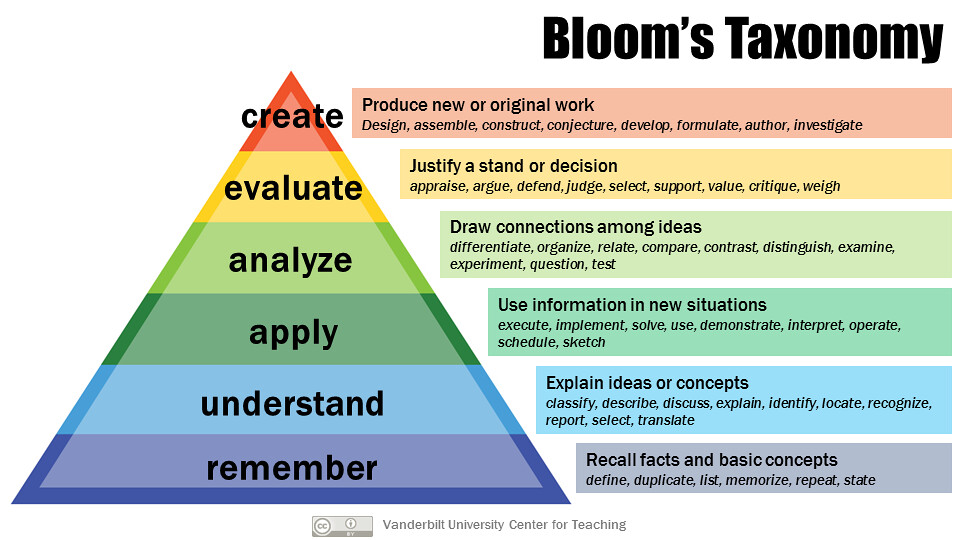Digital Storytelling
One technique with engagement is the use of digital storytelling. This idea can be adapted to fit the needs of a class, but it can be used in introductory science courses all the way through graduate courses with international students. The benefits are that digital stories aim to transform student learning including a deepened understanding of their connection to the subject matter, more agency in their own learning process, and to view themselves a vital participant in a collective working together toward a shared objective. Students emerge from the cocoon of the course, as individuals ready to take flight, with a new perspective and understanding of the course materials.
Some examples could be as simple as scaffolding an overarching assignment through a course, that has layers and different components. Even better, the assignment could offer alternatives for students so they can complete the work in a method that suits their learning style. Coursework could include renewable assignments that students can take with them in their future careers or to help build their portfolios.

When developing courses it is helpful to remember Bloom’s Taxonomy. Students should be working toward higher order thinking skills. There may be restraints, depending on the learning outcomes that are approved for programs. However, there are ways to engage students in higher order thinking in responses in discussion forums or other assignments. Also consider speaking with an academic director if the learning outcomes could be improved to engage students in higher order thinking skills.
Reference
Adapted from: Buturian, L. (2016). The changing story. Digital stories that participate in transforming teaching and learning. Open Textbook Library. https://open.umn.edu/opentextbooks.textbooks.the-changing-story-digital-stories-that-participate-in-transforming-teaching-learning
Updated: January 2024

